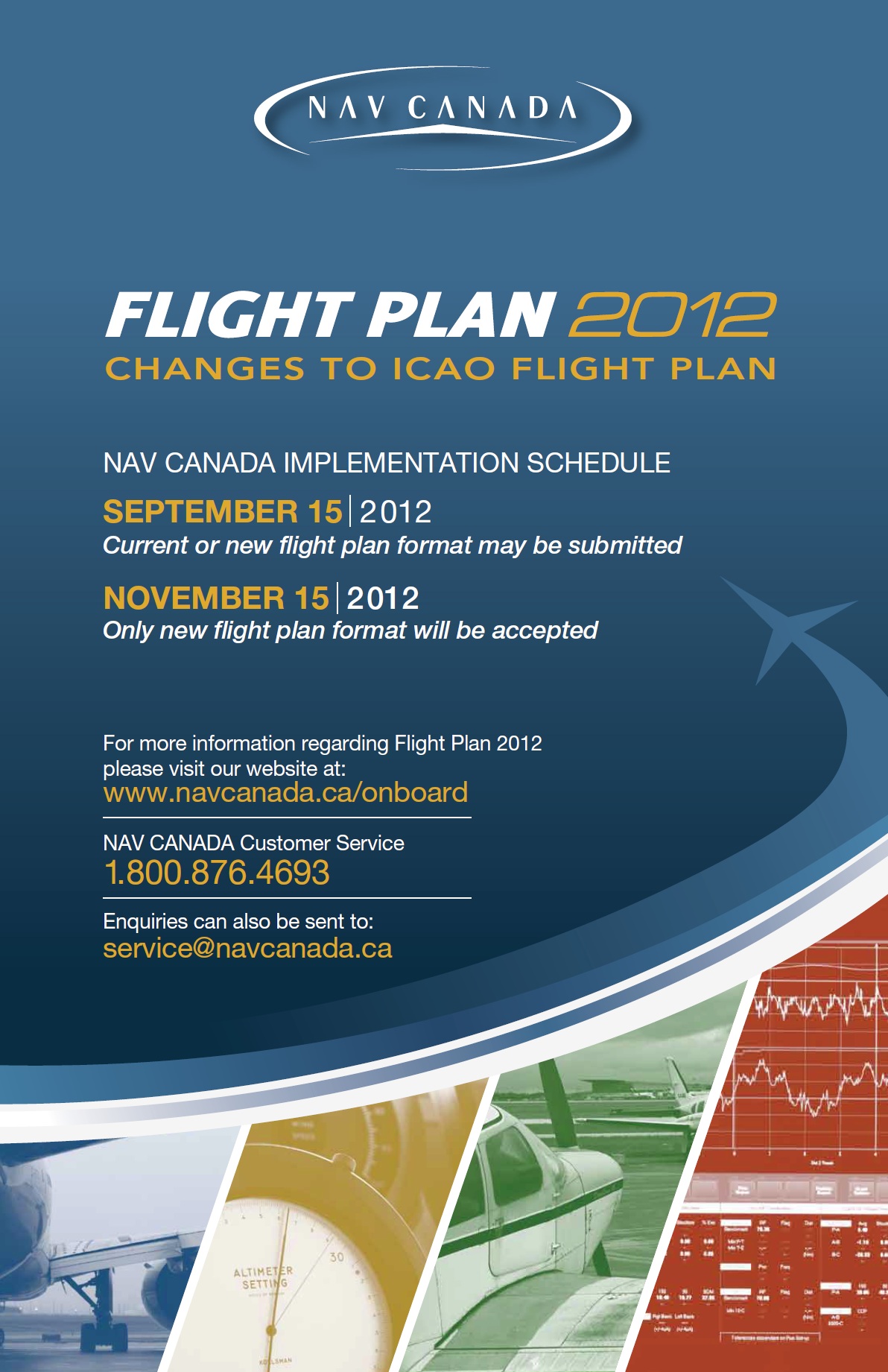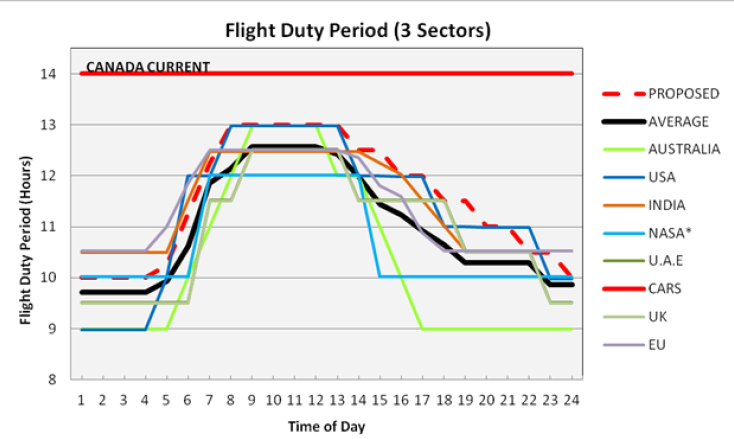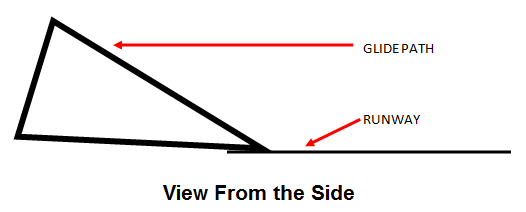Understanding RVSM (Canada)
Reduced Vertical Separation Minima, RVSM, is an established airspace that allow aircraft to operate between FL290 and FL410 at 1000′ vertical separation. Aircraft flying above FL410 must maintain 2000′ separation and aircraft below FL290 can maintain 1000′ separation regardless of RVSM. RVSM airspace is not available everywhere.
Why do we need RVSM?
As aircraft began to fly higher it was discovered that aircraft altimeters become less reliable at higher altitudes. As a result, authorities imposed 2000′ separation for all aircraft above FL290. In the 1970’s the price of fuel began to rise and it became apparent that a better way to reduce separation and increase capacity was needed. The International Civil Aviation Organization, ICAO, set out to develop the requirements that would govern reduced separation above FL290. It was realized that modern aircraft has the ability to accurately maintain assigned altitudes and starting in 1997 RVSM began being deployed.
Who can fly in RVSM airspace?
Today, to operate in RVSM airspace aircraft must meet the RVSM certification, plus the operator must also be approved by Transport Canada (or other state authority). Basically, an aircraft must have two operational altitude measurement systems, one operational altitude control system, and one operational altitude alerting system. If any of the equipment required for RVSM is not operational the aircraft is no longer RVSM certified.
Are there exceptions to operate in RVSM airspace?
ATC has the discretion to allow aircraft to operate in or transition RVSM airspace, workload and traffic permitting. However, non-RVSM aircraft must maintain 2000′ separation from other aircraft, and flight level priority will be given to RVSM aircraft. If a non-RVSM aircraft is climbing through RVSM airspace to above FL410, they must do so at a normal rate of climb, with no operational level offs. Remember, whether you lose RVSM certification in flight or prior to departure because of equipment failure, you must advise ATC by radio or in your flight plan.
More Information
For more information on RVSM in Canada refer to the Aeronautical Information Manual RAC 12.17.




Hi,
You say in your article above that ” aircraft below FL290 can maintain 1000′ separation regardless of RVSM”.
I am not a pilot but is it not true that from 29000 ft to 18000 ft, the separation must be 2000ft and below 18000 ft, it is 1000 ft.
Please clarify.
Thank you.
Premji Kerai
Hi Premji,
Thanks for your comment. Vertical separation below FL290 in Canada is 1000’between any two aircraft. Where you may hear the 2000′ is when two aircraft are flying the same direction. Aircraft tracking 000°-179° fly odd thousands while aircraft tracking 180°-359° fly even thousands. So, if two aircraft are flying in the same direction and one was flying FL240, the other could fly at FL260 or FL220. Two aircraft flying in opposite directions could fly with only 1000′ separation, FL240 and FL250. ATC had the discretion to clear aircraft to fly any flight level, regardless of direction, as long as at least 1000′ separation is maintained.
Hope this helps, but if not feel free to respond and I can help clarify.